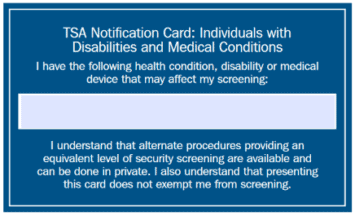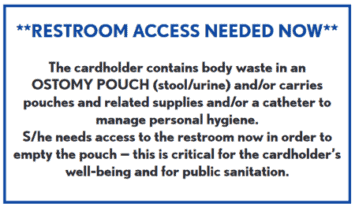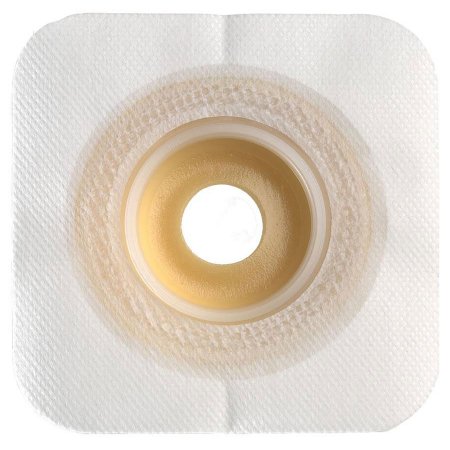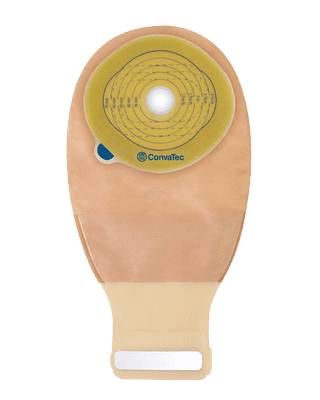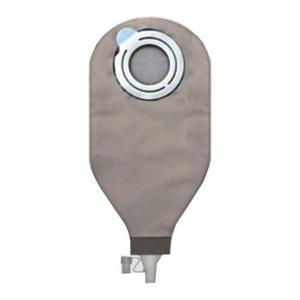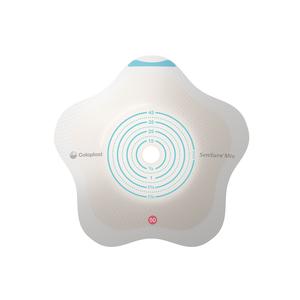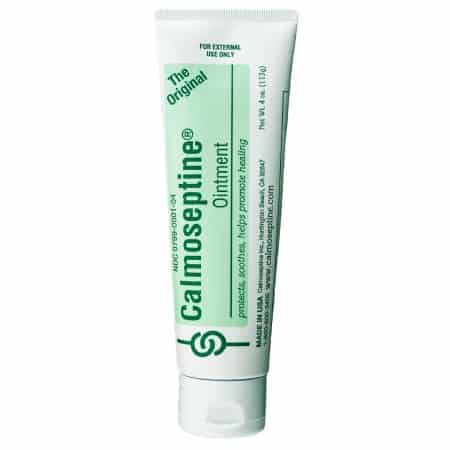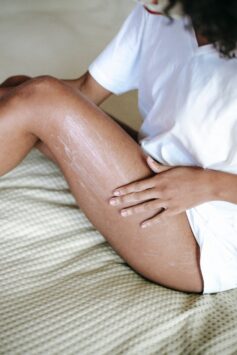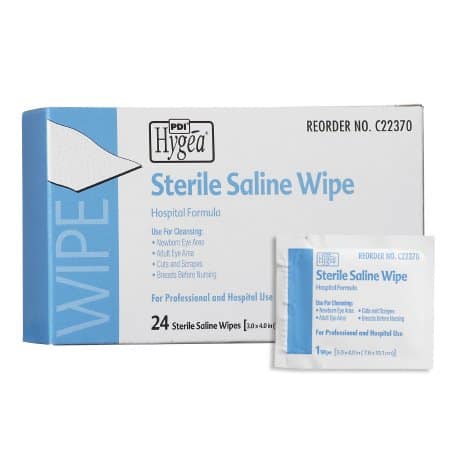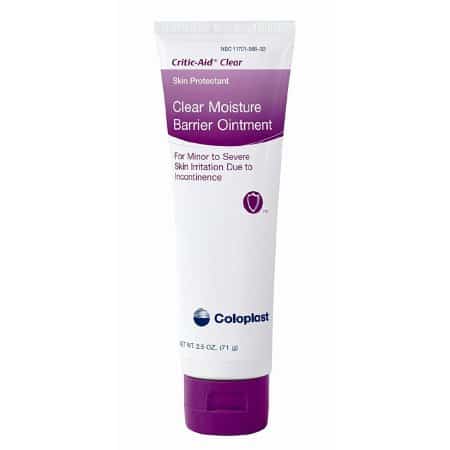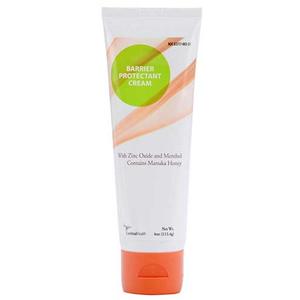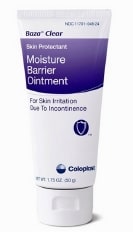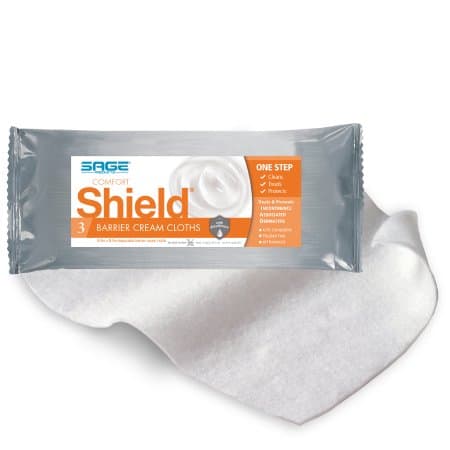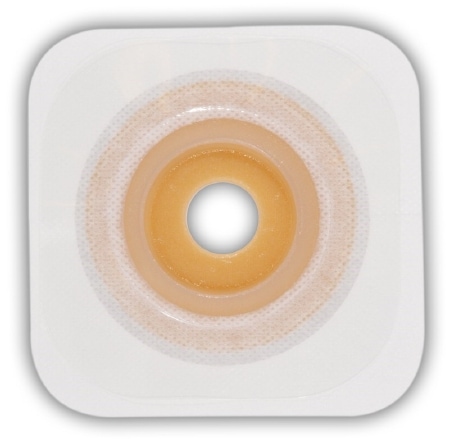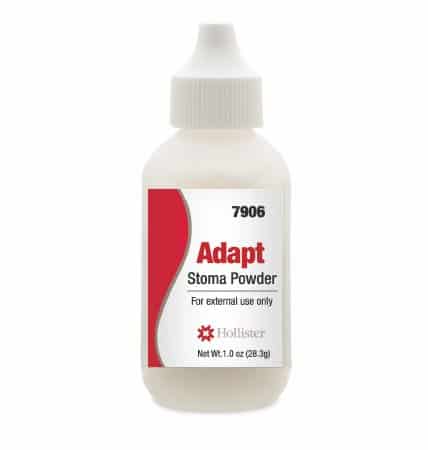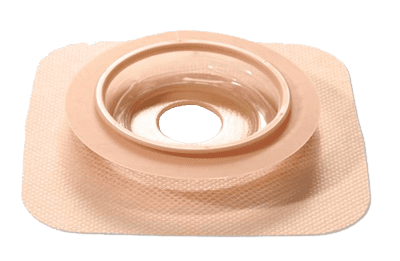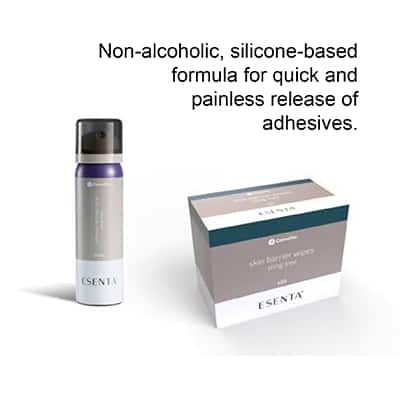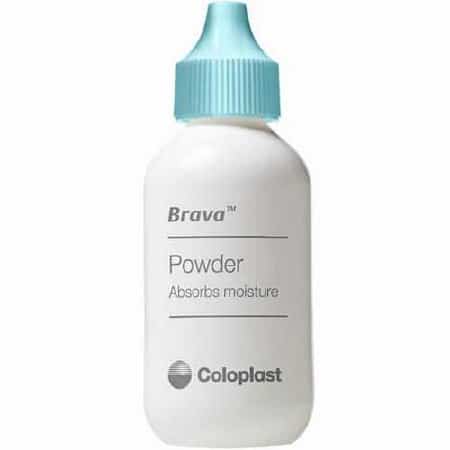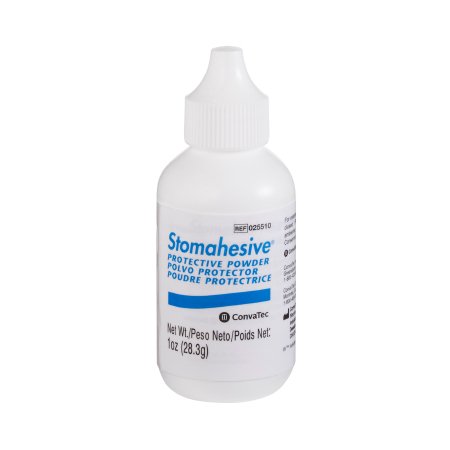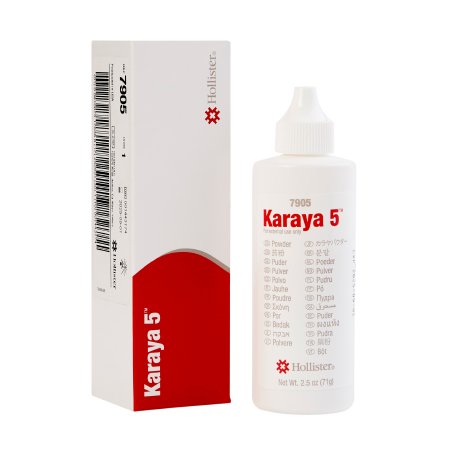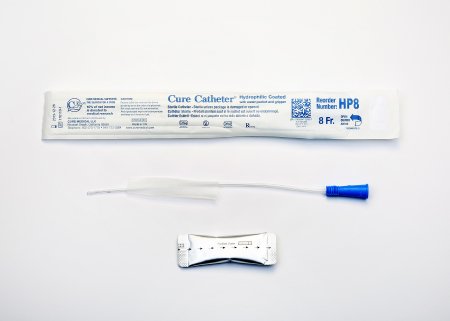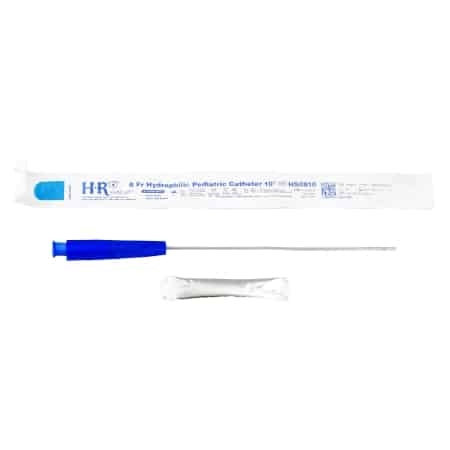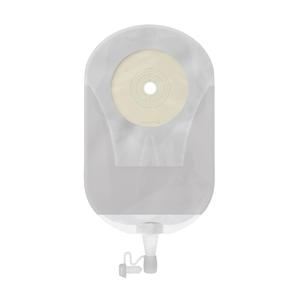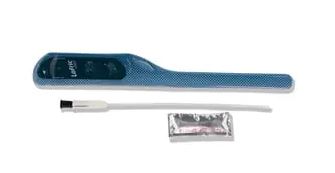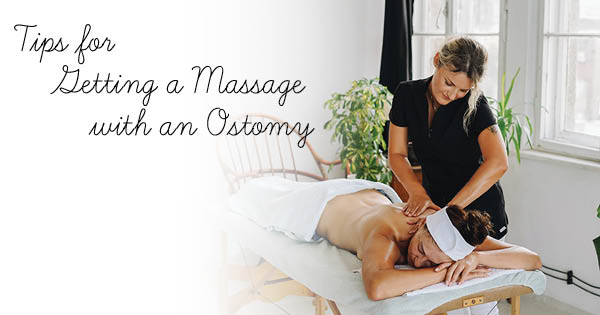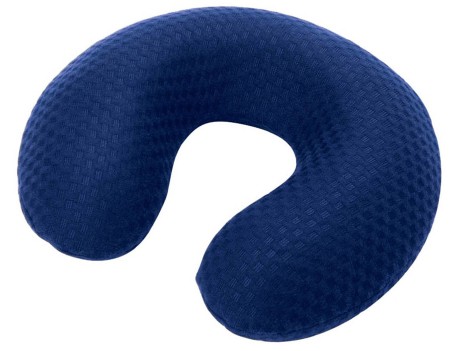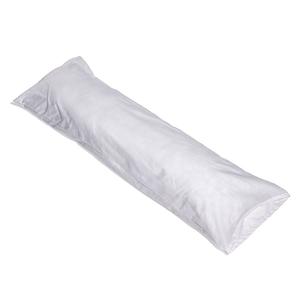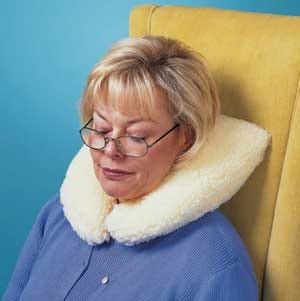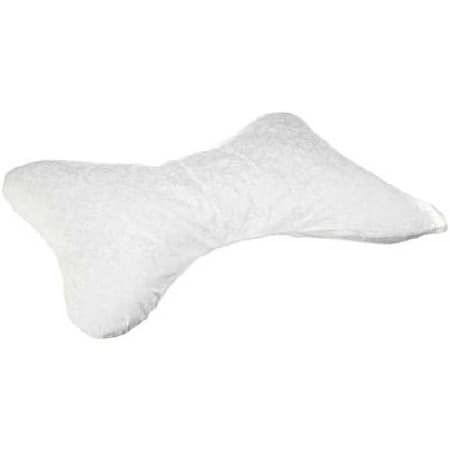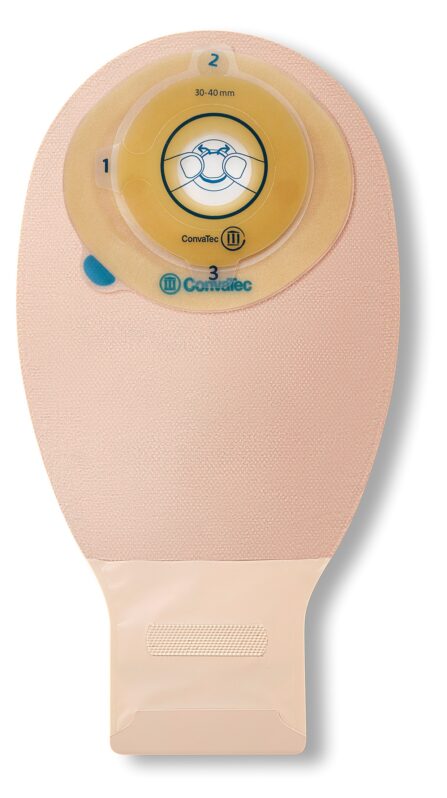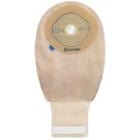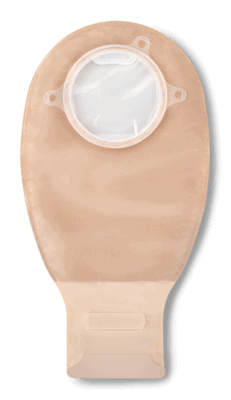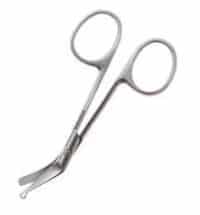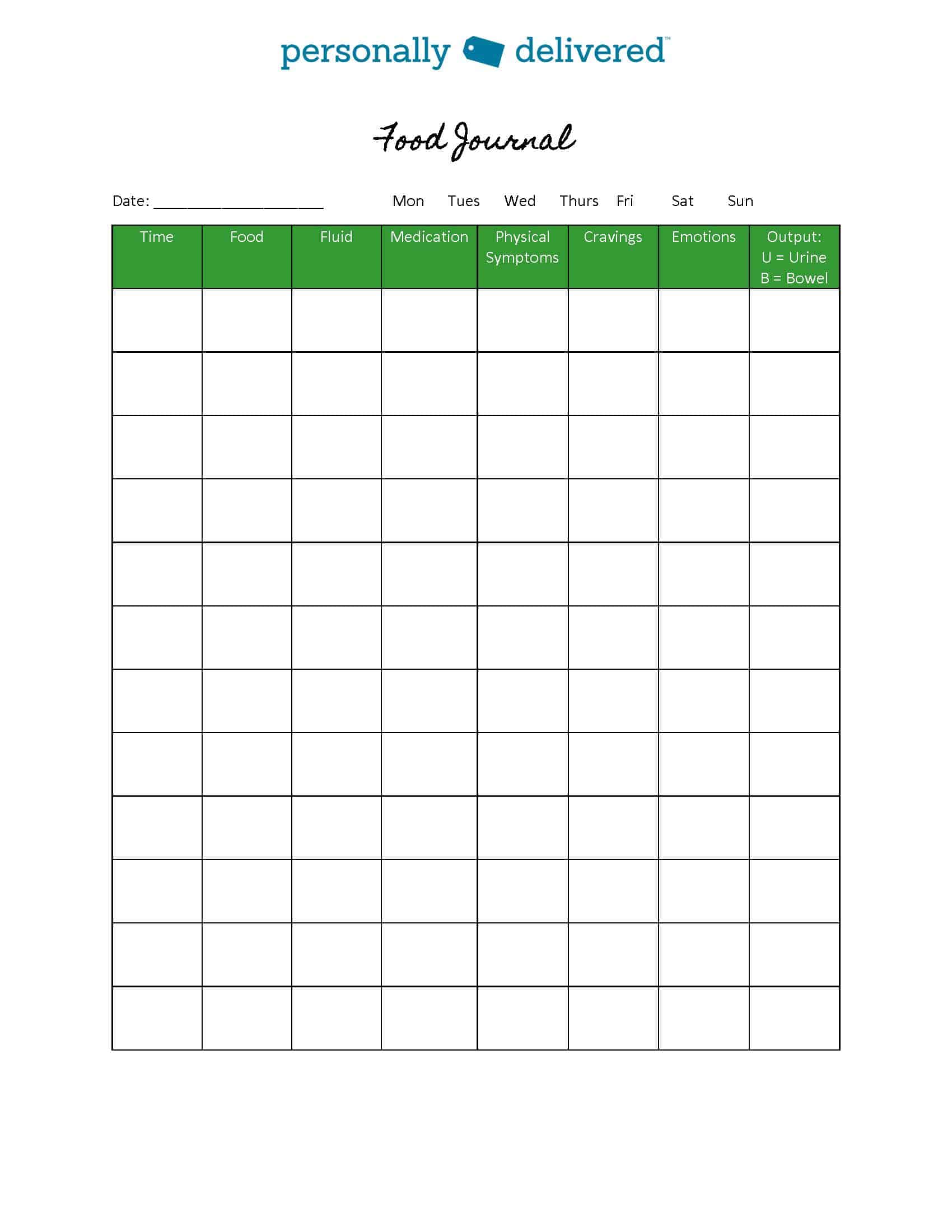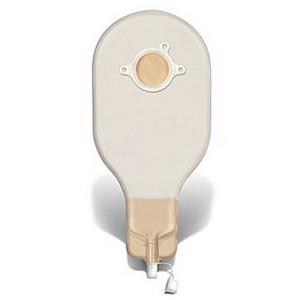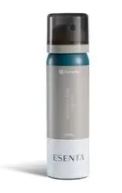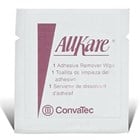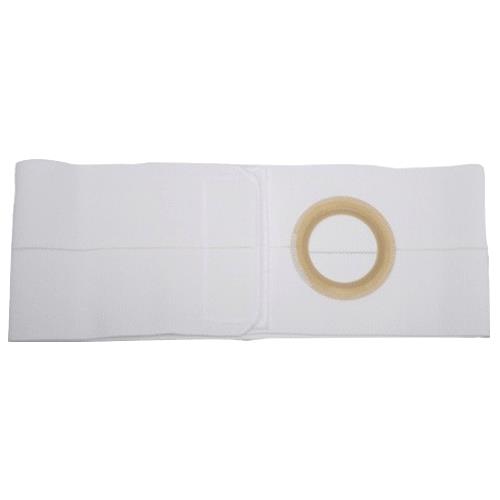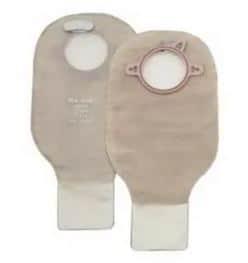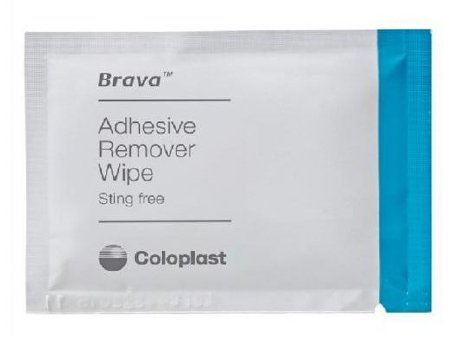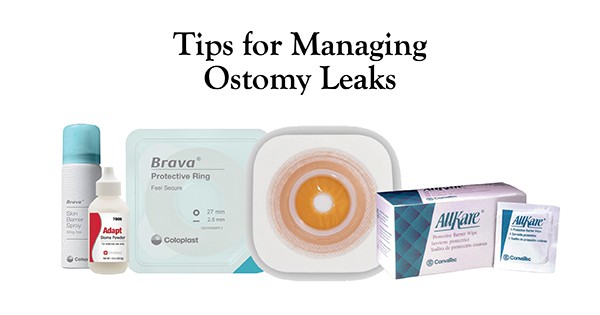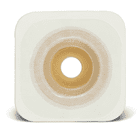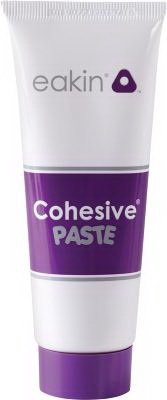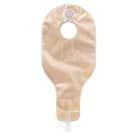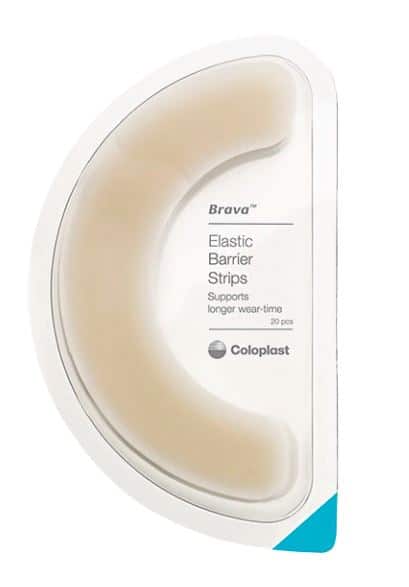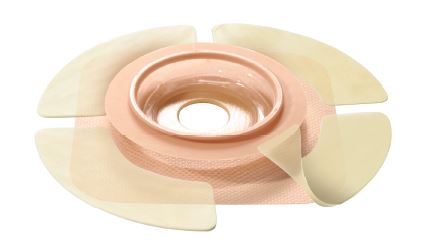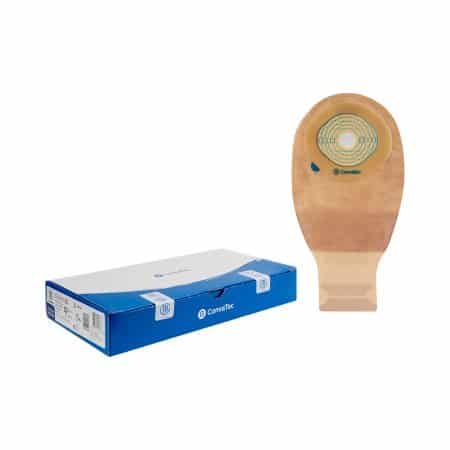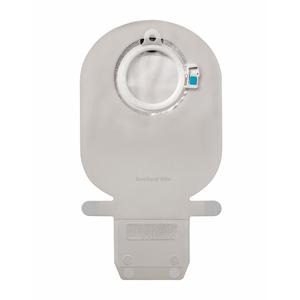Traveling with an ostomy in the summer can still be enjoyable with a little preparation and planning. After surgery, you might be a bit apprehensive about traveling. However, if you are prepared and organized ahead of time, chances are you will have an enjoyable and worry-free trip. We have put together some essential tips for traveling after ostomy surgery so you can be prepared for situations you may encounter.
#1 – Start with shorter trips and a journal when traveling with an ostomy
You can help build up your confidence by starting with short trips away from your home. You can monitor the length of time between pouch changes, what fluids or foods affect your output, and what supplies you may need if you need to use a public restroom. Start a journal to track how many ostomy pouching system changes you made and the ostomy supplies you used.

#2 – Keep a checklist of supplies you’ll need when traveling with an ostomy
Once you feel comfortable with short trips away from home, you should now be familiar with the supplies you used while you were out. Create a checklist to keep handy for all the ostomy supplies you’ll need.
For this checklist, you’ll record:
- The number of ostomy pouches based on how many changes were made throughout the day.
- The ostomy supplies you used when changing your ostomy pouching system including skin barriers, stoma powder, and adhesive sprays or wipes.
- Other accessories may include underpads, gloves, scissors, and small trash bags to dispose of your used ostomy supplies hygienically.
It is wise to double up on the number of ostomy supplies you use when traveling with an ostomy. You never know when an emergency or the unexpected may arise. There could be an airline delay if you are flying, climate change, or lost luggage. If you are flying, keep most of your ostomy supplies in your carry-on bag for easy access and security.
#3 – Consider various-sized ostomy pouches
If your travels include outdoor activities like swimming or sports, you will want to have various sizes of ostomy pouches on your checklist. You may need smaller ostomy pouches like stoma caps for swimming and sports and larger pouches for periods when there is a long time between changes when traveling in the summer.
Learn more about stoma caps in our blog post below, A Stoma Cap and its Many Uses.
#4 – Gather your travel documents, including communication cards
To help smooth your travels by air, complete a Travel Communication Card and a Restroom Communication Card. These travel cards help explain to airport security what your ostomy pouches, skin barriers, ostomy accessories, and any medications are for to help avoid additional questions. You can print them both by clicking on the images below.
#5 – Check with TSA for forbidden items when traveling with an ostomy
There are TSA regulations for what items are forbidden when traveling by air. For example, aerosol adhesives and adhesive removers are not allowed because of a fire hazard. Scissors may not be permitted due to safety precautions. It is wise to check with your airline before traveling for what items you may have to include in your checked baggage. You can also consider pre-cut or moldable skin barriers as an option.
#6 – Change your ostomy pouching system before leaving the house
In preparation for traveling with an ostomy in the summer or any time throughout the year, change your ostomy pouching system before departing your home. This can provide confidence and maximum security from the possibility of leaks.
#7 – Take into consideration the climate your ostomy supplies are stored
Storage of your ostomy supplies is critical when traveling with an ostomy. If the climate is warm and humid, your ostomy supplies should not be kept in the trunk or glove compartment, which are often the hottest places in a vehicle. Most manufacturers have guidelines in their packaging regarding the storage of their ostomy supplies. You might consider taking a cooler to store your ostomy supplies when traveling in the summer.
#8 – Other things to consider for different stoma types
For those with a colostomy
Changes in diet and cabin pressure can create more gas for those with a colostomy. Avoid consuming carbonated beverages and eating anything too quickly, which can cause you to swallow more air. Choosing a pouch with a filter can help absorb odors and slowly release gas from the pouch.
For those with an ileostomy
People that have an ileostomy have a greater tendency to become dehydrated in hot climates. If you have an ileostomy, remember to remain well hydrated by drinking plenty of fluids. These fluids can include water, rehydration solutions like Sqwincher or Pedialyte, and other sports drinks that are low or free from added sodium and sugar. Avoiding alcohol and other caffeinated beverages can also help prevent dehydration.
For those with a urostomy
As with an ileostomy, hydration is critical for those with a urostomy if you are in a hot climate. You want to maintain your average urine production to flush out your system. Consider using an overnight urine drainage bag. This can be especially helpful if there are extended periods between emptying your ostomy pouch.
Whenever you travel with an ostomy, your goal is to have fun, relax, and enjoy yourself. Traveling with an ostomy in the summer can be enjoyable and stress-free with some preparation and planning. The first few weeks or months may be a struggle. However, you’ll gradually adjust and find that many activities you enjoyed before surgery are still possible, including travel.
Popular Ostomy Supplies & Accessories
Disclaimer: Important Notice Regarding Medical Advice
The information provided in this blog is intended for general informational purposes only and should not be considered a substitute for professional medical advice, diagnosis, or treatment.


